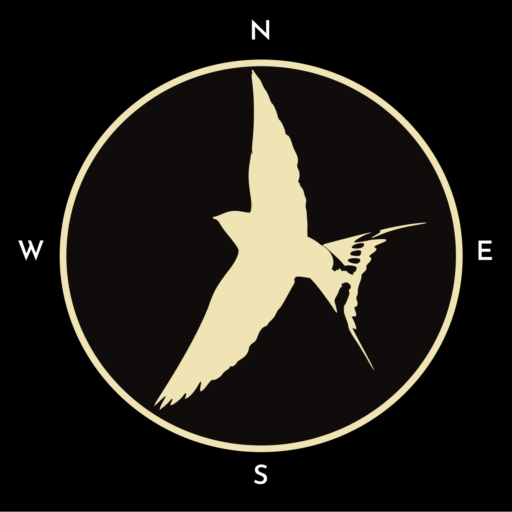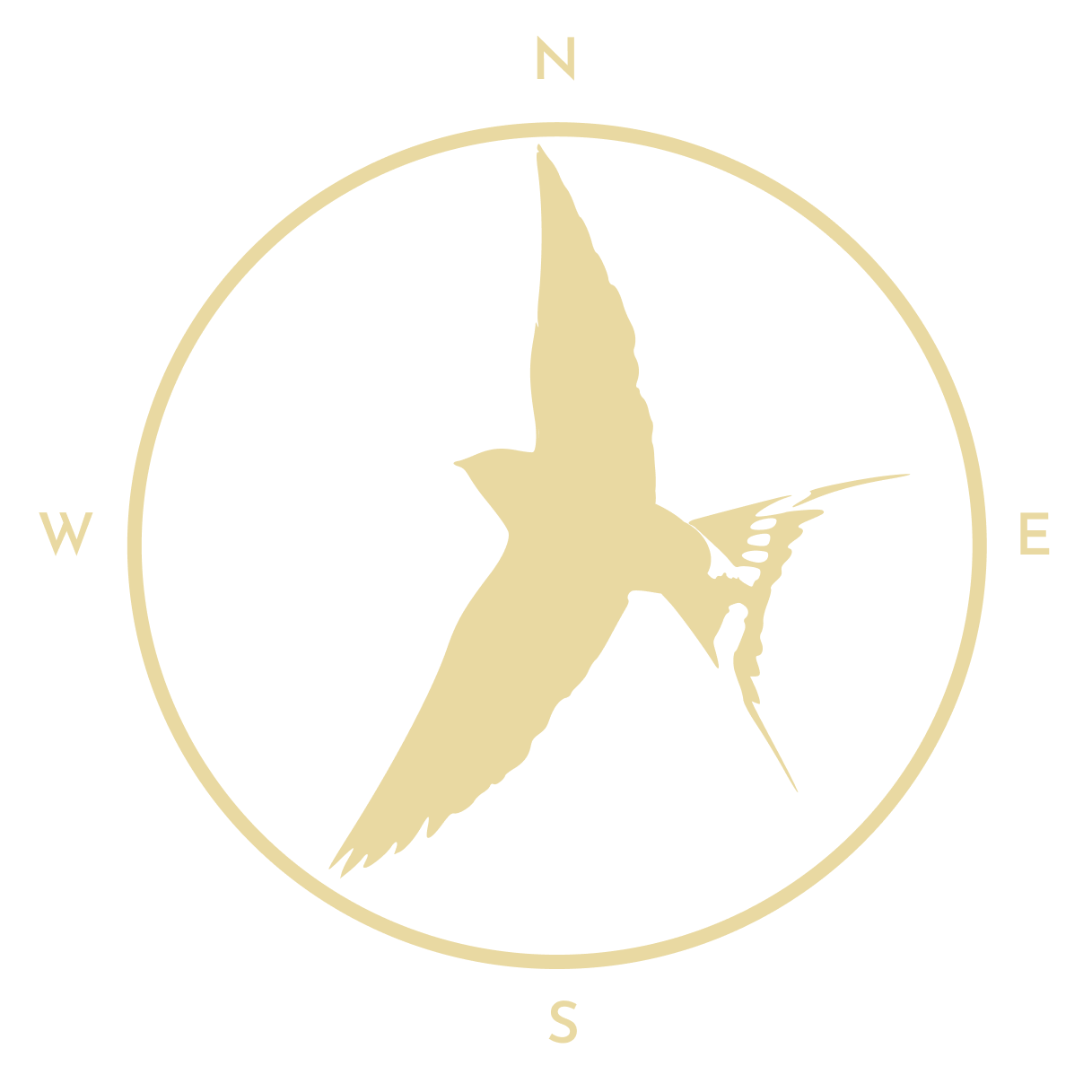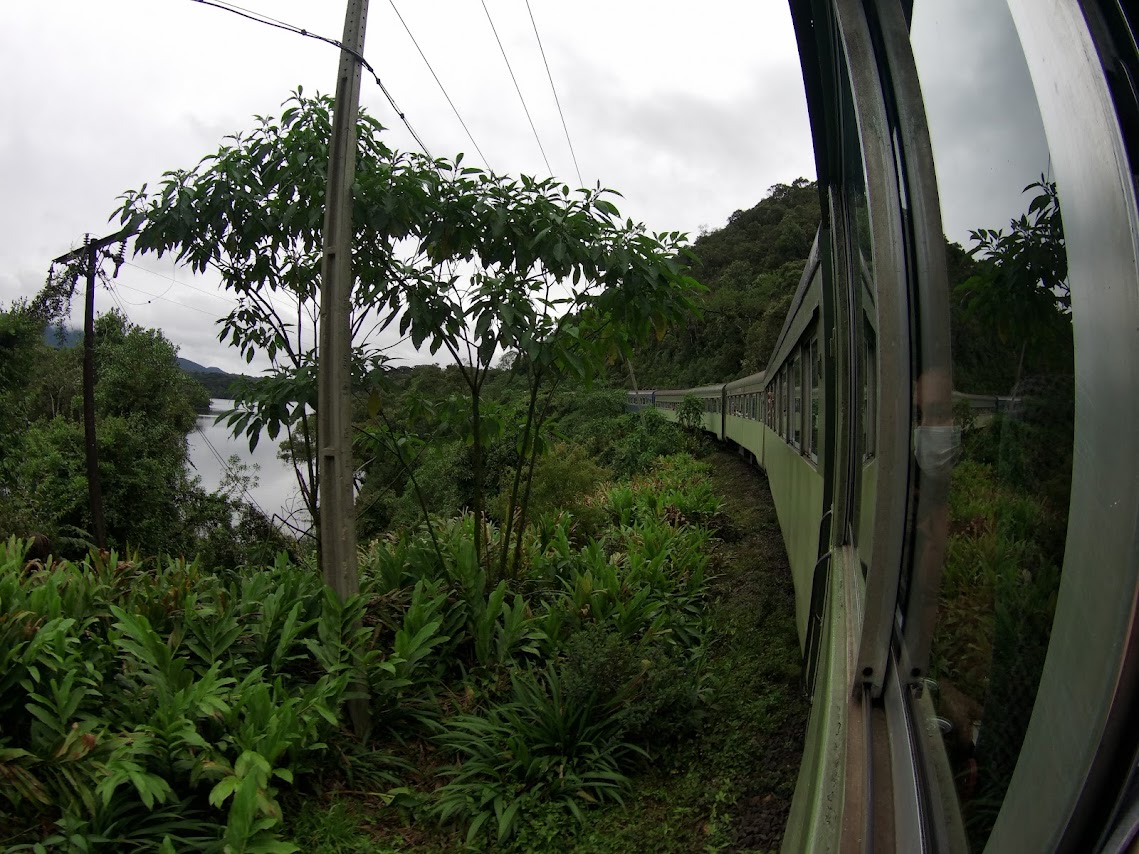The Confusion-Free Guide to Trekking & Booking Accommodation in Torres del Paine
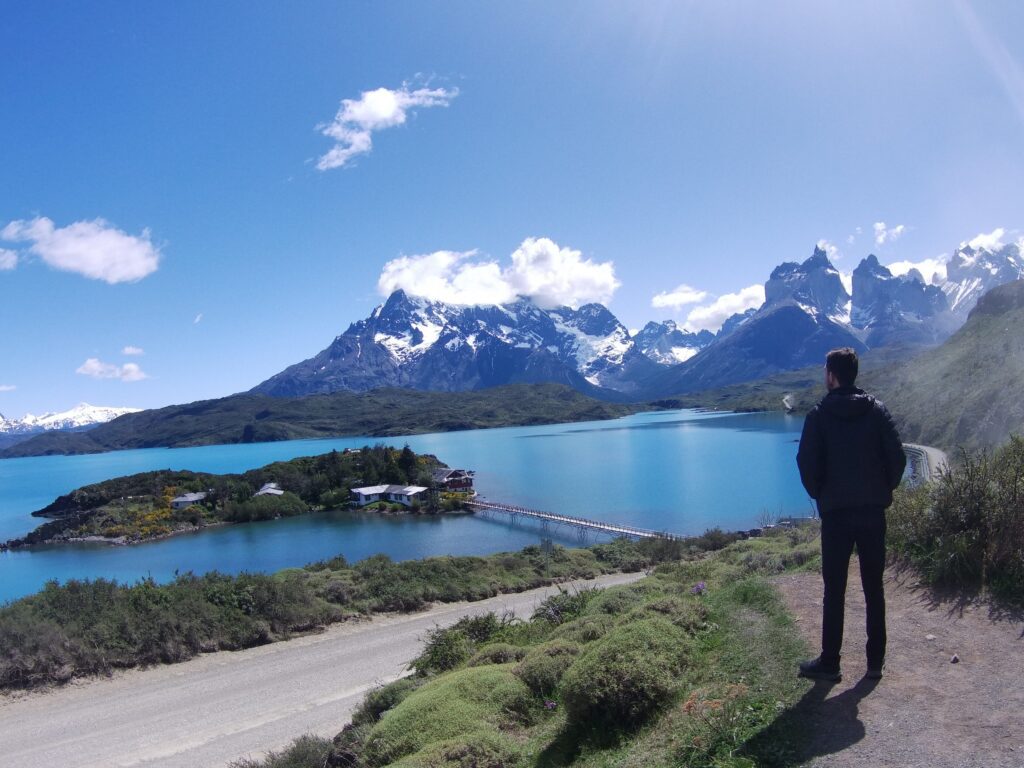

Contents
- What is Torres del Paine National Park, exactly?
- An intro to the W and O treks
- When to visit TDP
- How much does it cost to enter Torres del Paine? (+ how to buy entrance tickets)
- How much does everything cost in TDP?
- Accommodation and how to book it
- What to bring with you
- How to get to Torres del Paine and the treks
- Alternatives to the W and O treks
- Services in Torres del Paine
- Wildlife in Torres del Paine
- Weather in Torres del Paine
- What’s Torres del Paine’s weather like then?
- Enjoyed this post? Nice one! (+ How to thank me)
You might also like:
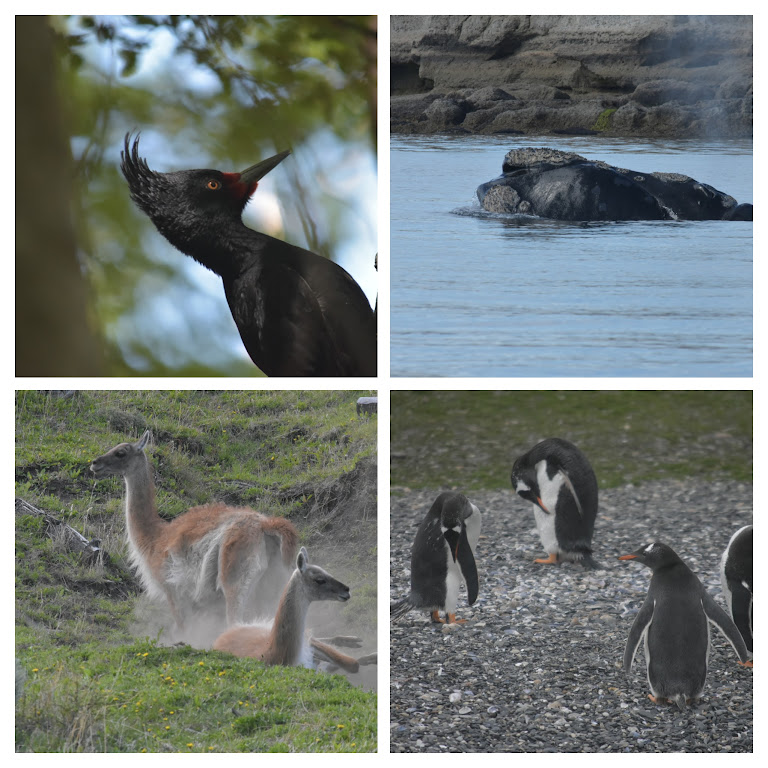

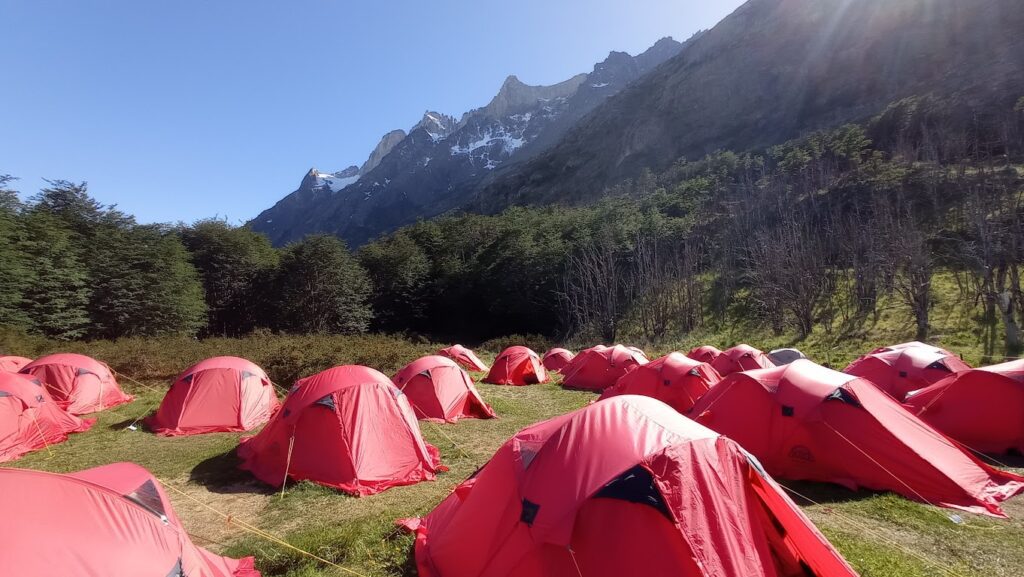

What is Torres del Paine National Park, exactly?
Torres del Paine is Patagonia at its finest: the lakes are the brightest shade of turquoise, the snow-blanketed mountains are so clustered that they seem to be climbing each other at times, and the granite towers after which the park is named can only be described as otherworldly. This wonder of geography is Chile’s most popular park, drawing visitors from all over the world.
I’ll let the photos do the talking now.
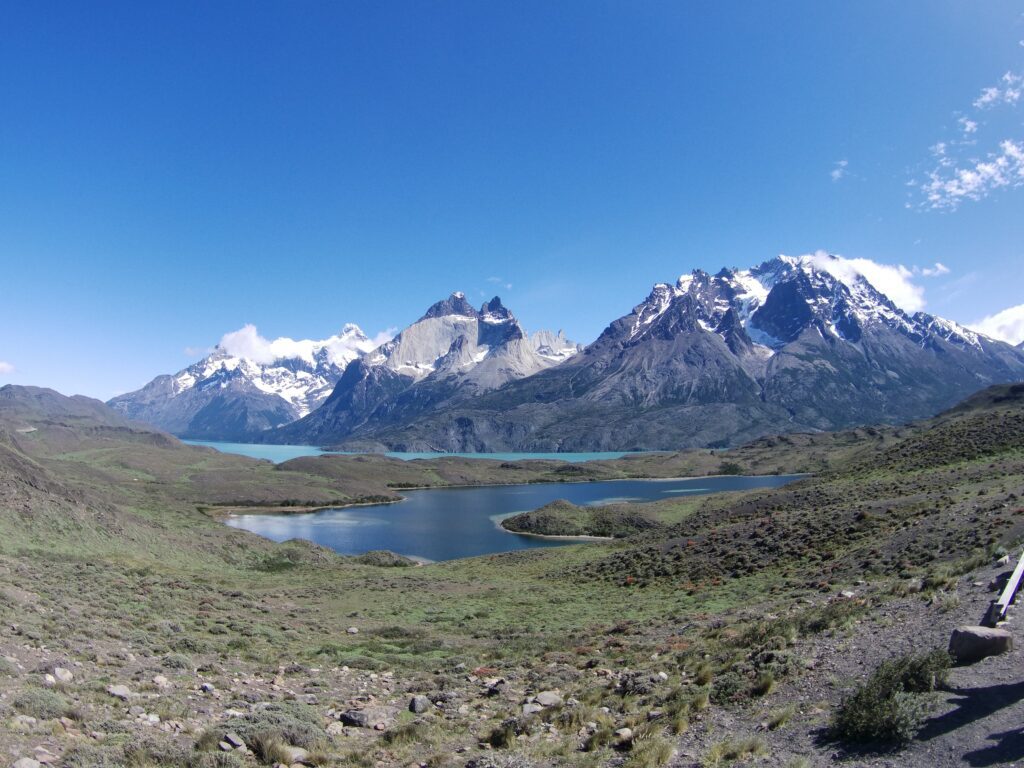

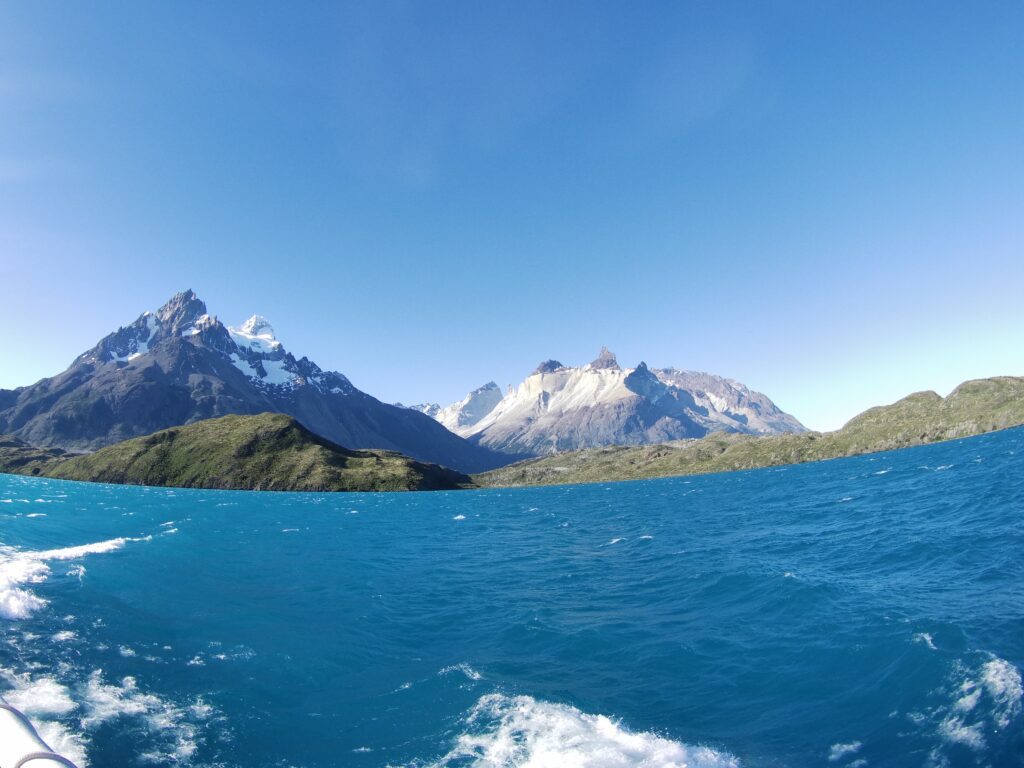

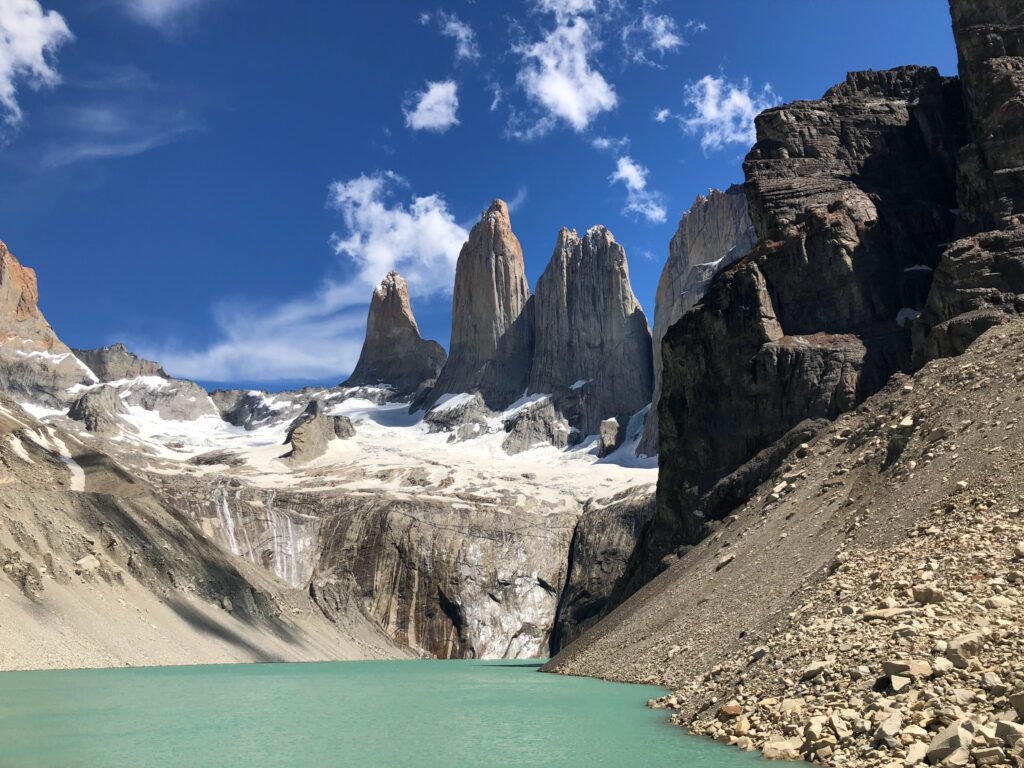

An intro to the W and O treks
As much of this will be easier to explain with a little lay of the land, here’s a map of the park and its treks.
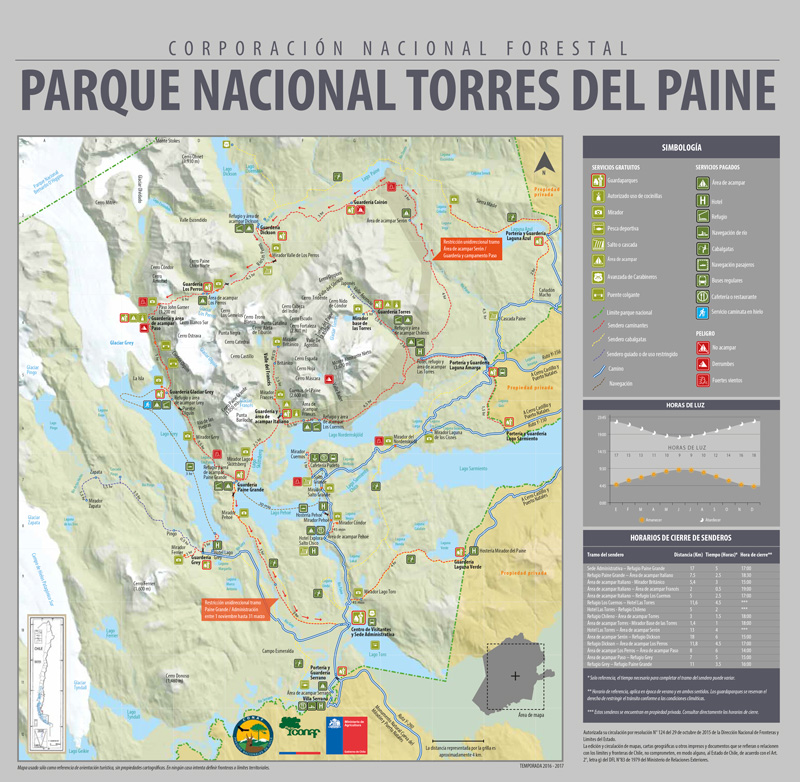

These two routes, named after their shape, are Torres del Paine’s most popular treks. The W trek is more popular since it’s shorter (5 days for most people, although it can be done in less time) and takes one around the quintessential Torres del Paine sites: Mirador Base Torres, the lake beneath the towers, the lush Valle Frances and the bright blue ice of Glaciar Grey. The O trek takes around 8 days, but is much less trodden and has a bit of a “dark side of the moon” feel to it since none of its equally-spectacular scenery can be seen from the road.
As both treks take multiple days, a lot of preparation is needed: you’ll need to book your accommodation, a process that many people find frustrating, and you’ll need to bring lots of equipment and money, or, less equipment and more money.
When to visit TDP
Visiting in summer (+ how busy does it get?)
December to February is the height of summer and peak season. Pun very much intended. Anyway, at this time of year, you can expect accommodation (both in the park and Puerto Natales) to be fully booked most nights. Needless to say, book ahead. That aside, summer is a popular time to visit for a good reason, since the park looks much more colourful and spectacular when the sun is shining. Additionally, the limited supply of accommodation, fortunately, means that the “conga line” situations of many other popular tourist destinations are avoided here.
Visiting in spring and autumn/ fall
September to mid-November and March to May are shoulder season around here, and are still great times to visit since the weather is still nice most days and accommodation is more available. It’s still wise to book ahead if you want to do the full W or O circuit, but wandering around Puerto Natales to find somewhere is more likely to pan out successfully at this time of year.
Visiting in winter
Forgive me for stating the obvious, but winter in the land near Antarctica is bitterly cold. From June to August, frost covers the peaks and hills of the park and visitors are few and far between. Travel is more difficult since many places close at this time of the year, including many of the refugios, and buses stop running.
That said, if you join the trickle of winter visitors and layer up like an onion, you’ll love how quiet it is and the rugged feeling that comes with seeing the peaks surrounded by snow and frozen lakes. And to sweeten the deal, Torres del Paine’s infamous winds are practically nonexistent at this time of year.
How much does it cost to enter Torres del Paine? (+ how to buy entrance tickets)
Entrance for foreigners is US$35 for a single entry, and the best option for anyone planning to do one of the treks. A three-day, multi-entry, ticket costs US$49 and a better option for anyone looking to do multiple day trips and/or a trek. Just be aware that the three days starts from the first entry!
Buying tickets can be done online or at the gates themselves.
If booking online, https://aspticket.cl/ is the official website for booking tickets to Torres del Paine, along with Chile’s other national parks. When selecting dates, don’t worry too much about the departure date since they don’t check people leaving the park, but make sure you enter on the day that you say you will. It will then ask you a bunch of questions about yourself, the minutiae of your visit and the details of an emergency contact. While it’s a little bureaucratic, there’s no point in getting frustrated. Just make sure to do it when you’ve ten minutes to spare.
Once you’re done, you’ll be emailed an entrance ticket with a QR code. Download this in advance, since there’s no phone signal in the park and rangers are generally reluctant to let visitors use their Wifi.
Booking the day before is not a problem.
As of 2022, buying tickets at the gate is no longer possible, and was only ever possible with cash anyway.
How much does everything cost in TDP?
Water is wet, grass is green and Torres del Paine is expensive.


As mentioned before, entrance fees are US$35 for a single entry and US$49 for multiple entrances over three days. As for how much everything else is, here’s a price list. All rates are in Chilean pesos unless said otherwise.
Transport
Bus from Puerto Natales to TDP (except Hotel Grey): $10,000
Catamaran across Lake Pehoe: $25,000
Shuttle from the Amarga entrance to Hotel Las Torres (Base Torres trailhead): $3,000
Accommodation
Campsite at a refugio: US$10
Dorm bed in a refugio without sheets: US$40
Dorm bed in a refugio with sheets: US$92
Food at refugios
Breakfast: US$19
Lunch: US$19
Dinner: $15,000 for pizza
Other menu items:
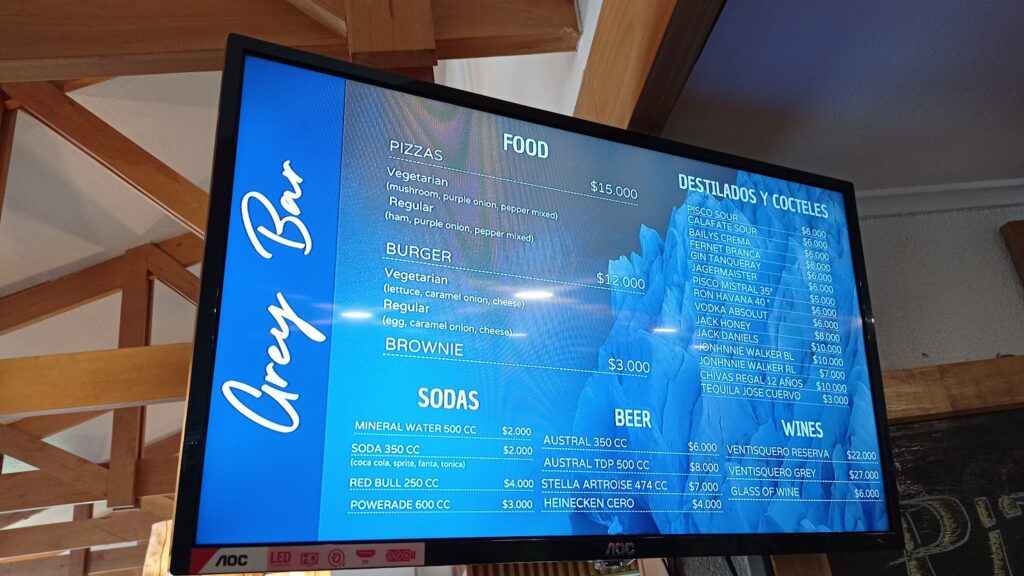

Equipment at refugios
Tent: US$32
Sleeping mat: US$9
Sleeping bag: US$23
Small cup of coffee
At a refugio: $4000
At the TDP visitor centre (near the Base Torres trailhead): $3500
At the Lago Grey visitor centre: $2000
Accommodation and how to book it
Since this was a bit of a complicated topic, I’ve written a whole article about it.
What to bring with you
Layers – bring along at least two jumpers and a jacket if trekking in the summer, but don’t beat yourself up if you don’t end up using them. They say Torres del Paine can experience four seasons in one day: case in point, one day I was getting blasted by wind and rain, while another part of the park was undergoing a blizzard. The next day, it was so sunny that I was down to hiking in my T shirt.
Food(?) – you can have meals at refugios, but you’ll save yourself a lot of money if you bring your own.
Toilet paper, if you’re doing the O trek since some of the refugios don’t provide any. Along the W though, you won’t need to worry about this.
Camping gear(?) – like food, refugios can provide this but it will cost you more. Then again, it will mean you’ll be able to travel lighter, so for some people it’s worth it!
Cash and cards – you can pay for most things by card in the park except for the catamaran, which only takes cash.
NOT a Chilean SIM: there’s no phone signal in the park save for one live spot. Depending on what your trip’s plan is, there may be little point in having a local SIM until you come back from the trek.
A small bag for your valuables: most refugios’ buildings will require you to leave your backpack outside, so bring along a small bag for your camera and any other valuables you may have taken. Theft is unheard of since your company will be fellow trekkers, and crime is rare in Patagonia in any case. Still, better safe than sorry.
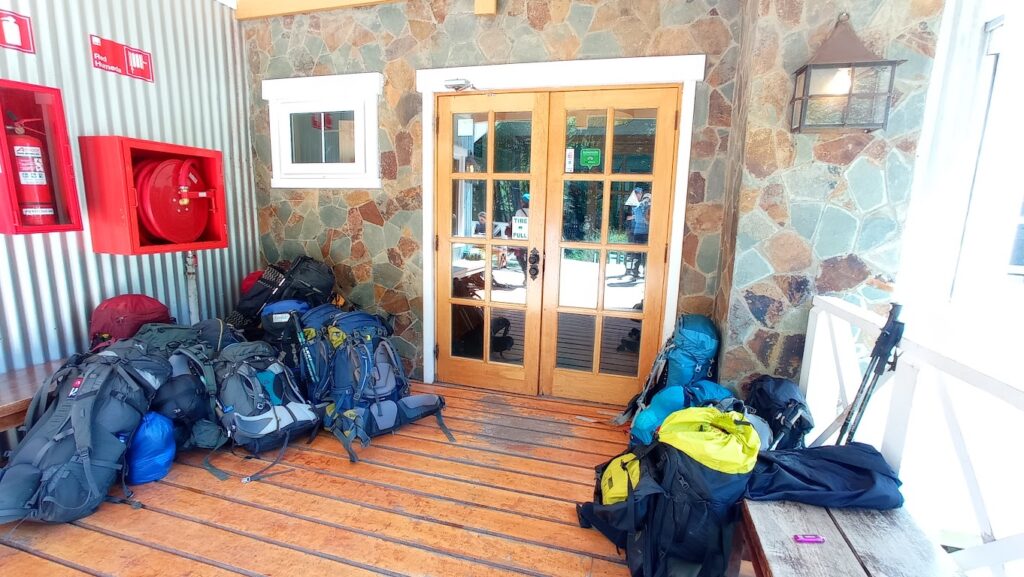

How to get to Torres del Paine and the treks
Buses
There are various bus companies plying the route between Puerto Natales and Torres del Paine: Bus Sur, Fernandez, Maria Jose and Pacheo. They’ll drop you at various locations along the roads, including:
- The Amarga entrance, where you can catch the shuttle to the Base Torres trailhead. This shuttle times its departures to correspond with the buses’ arrivals.
- Pudeto, from which you can catch the catamaran.
- Hotel Grey, from which you can see and take a boat trip to Glacier Grey. Bear in mind that tickets here will cost an extra $5000.
It’s best to book a day or two before since buses can sell out, and this can be done on their websites or in person at the Puerto Natales bus terminal.
The catamaran across Lake Pudeto
Almost everyone who does the W trek will start or end their journey with this boat ride from Pudeto to Refugio Paine Grande. This leg of the journey is the high point of many peoples’ visits, since the 45 minute crossing provides spectacular views of the peaks and the lake, and there are often condors flying overhead too. Tickets are bought on board and on the day – no need (or indeed, possibility) to book in advance. One crossing costs $25,000 and is cash-only.
Boat trips to Glaciar Grey and Refugio Grey
The Navegacion, as it is called, is more of a tour, but nonetheless can be used for getting from Hotel Grey to Refugio Grey, at the northern tip of the W trek’s western leg. The departure point is a forty minute walk on the beach from Hotel Grey and the boat trip itself takes roughly one hour and forty-five minutes one-way. Some trips will include getting up close to the glacier, but some won’t, so check this in advance.
Alternatives to the W and O treks
Visiting on day trips
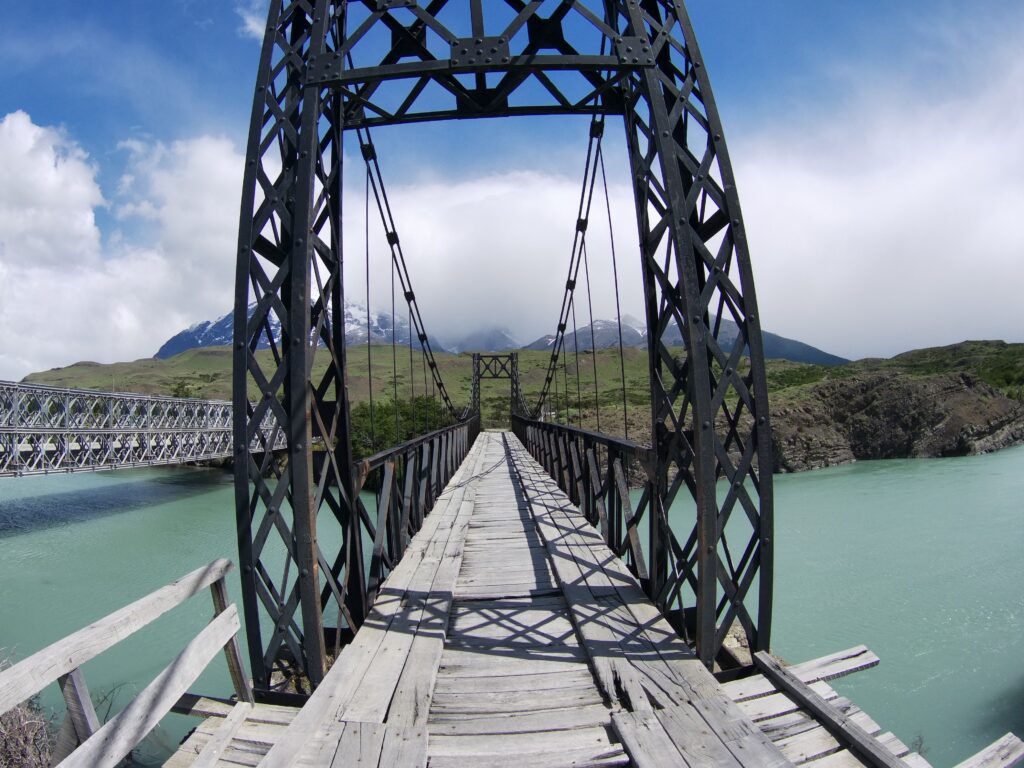

There are several options for visiting Torres del Paine on day trips from Puerto Natales, which can be booked through agencies in town or through online sites like Viator. The most popular is one every agency in town calls the “Full Day”, where you’ll be taken in a minibus around the park’s roads. Although you won’t see the park’s highlights up close, they’re still visible from the roads nonetheless and are a great option for anyone who’s short on time.
Another popular option is the Base Trek since the starting point of the trail to Mirador Base Torres is accessible by road. From there, it’s an 8-hour trek to Torres del Paine’s most iconic view and back.
Both options will include a guide and transport in a minibus, though lunch and entry fees are rarely included. Day tours are pretty easy to organise since they can be booked online or by walking into an agency in Puerto Natales, and are often available for the next day.
Your tour company will be able to advise on what kind of gear to bring, but the Full Day tour doesn’t involve any long walks – the longest is a ten-minuter to a set of waterfalls.
Services in Torres del Paine
Phone signal
I had been warned ahead of time that there’s no phone signal in the park, and for the most part that’s true. However, there was one spot where I was able to get a faint 4G signal, along the trail from Paine Grande to Refugio Grey at the following coordinates: -51.047386, -73.138471. Why it exists, I have no idea.


Tap water
Agua de grifa in Torres del Paine’s hotels and refugios is generally safe to drink and delicious – and as a Scotsman, I’d know. Still, it’s probably best to check with staff on the day in case there have been any problems.
Wifi
Guest Wifi in Torres del Paine is slow and expensive. If you need to find out some important information or book bus tickets, staff at refugios will generally be happy to do this for you, so there’s really little need to pay eye-watering prices for internet. If the thought does cross your mind, be sure to check if the Wifi is even working before you buy.
Food
Food provided by refugios is nothing to write home about, but after a day of hiking you’ll likely end up wolfing it down anyway. Breakfast is the standard mix of toast, cheese and butter, various cereals and tea or coffee, while lunch is typically a sandwich and some packs of dried fruit.
Wildlife in Torres del Paine
Of course, this being Shoestring Safari, I couldn’t possibly not talk about the animals one could see in this park!
Pumas (+ are they dangerous?)
Torres del Paine has the highest concentration of pumas in the world (12 times that of other parts of South America), thanks to a high number of guanaco. The best places to go looking for them are actually to the east of the park, on the roads near Laguna Amarga, but people on the eastern legs of the W and O still encounter them from time to time.
Roughly 17% of the park’s 215,000 visitors encounter pumas in this way – and yet, there has never been an attack on humans recorded in the park.
If you do happen to see one, keep your distance. Chances are it will pay you no notice, but if it starts getting too close for comfort make yourself look large by waving your arms. Do not run, since this will trigger its hunter instincts, and you won’t be able to outrun it unless you’re Usain Bolt himself. I’m joking, of course – not even Usain Bolt could outrun a puma. Give it even more distance if it has cubs, since mothers can be quite protective.
I managed to see a family of pumas from the bus to Lake Pudeto, but I have to say this was a matter of extreme luck: the driver said it was the first time in 15 years on the job that he’d seen them from the bus itself.
Guanacos


There are roughly 13,000 of the llama’s wild relative in Torres del Paine, mostly towards the eastern end of the park. You’ll likely see quite a few on the bus ride in, and they can often be found milling about near the Amarga entrance and along the Base Torres trek.
Huemul
The national animal of Chile, this small deer is very rare in Torres del Paine, at only 30 individuals in the whole park. Nonetheless, staff at Refugio Grey told me that a family of four often visits the camping area in the mornings, so it’s certainly worth keeping a look out for them here!
Condors


Few animals scream “Andes” more than the condor. These giant birds can be seen soaring over much of Torres del Paine, looking for dead guanacos to eat. There’s a nest site near the Amarga entrance and many people see them from the catamaran too.
Other birds
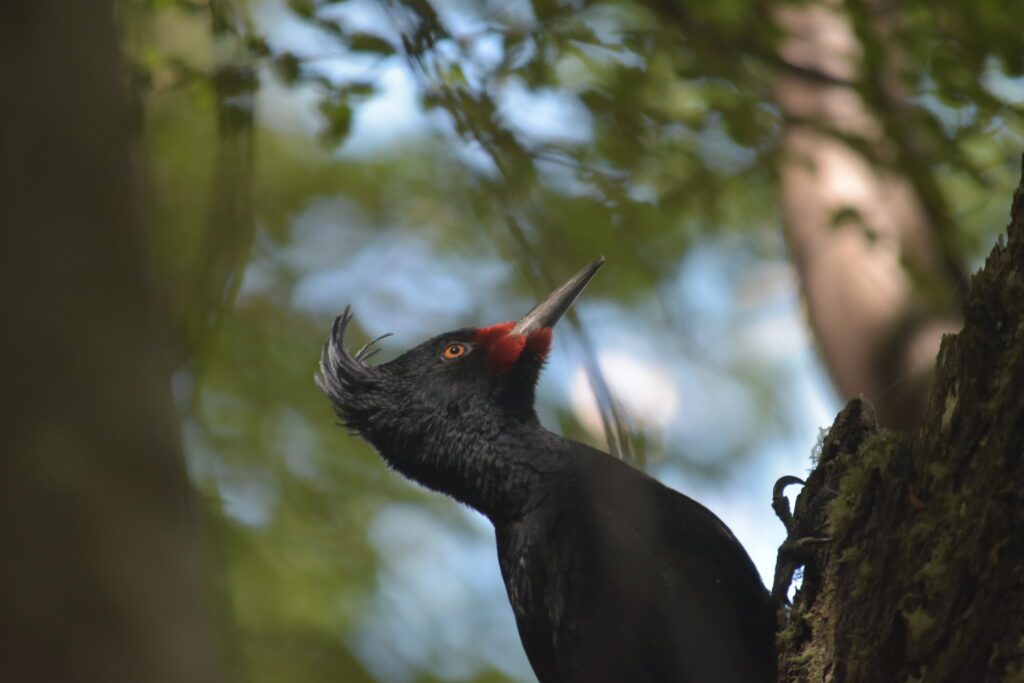

If you keep your ears out while walking through the park’s forests, you might hear some of the park’s woodpeckers tapping away at the trunks. This species’ drilling is more of a slow “thud-thud-thud”, compared to woodpeckers back home whose pecking sounds more machine-gun-like. You’ll also likely see massive flocks of geese in the fields, flamingos while passing Laguna Amarga and sparrows hanging about the campsites in search of crumbs. One even came right into the visitor centre’s cafe!
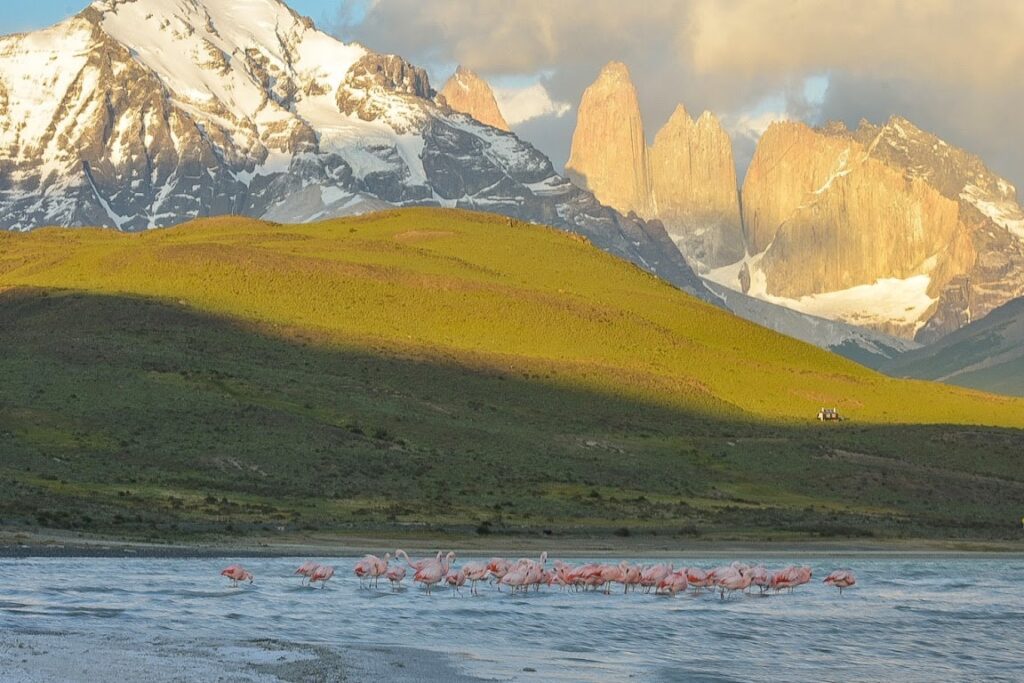

Weather in Torres del Paine
How accurate is the weather forecast?
Coming from Scotland, I’d expected Patagonia to be similar to back home in that the weather forecast cannot be trusted any further than an hour ahead. However, I was surprised – by and large, I found that when it said there would be rain, there was rain, and likewise when it said there would be sunshine.
What’s Torres del Paine’s weather like then?
One thing that can be practically guaranteed (unless you visit in winter) is that it will be windy. Torres del Paine’s wind is something else – it’s strong and it’s constant, and it feels at times as though it’s angry with you. Generally the wind blows in a southwards direction, so expect wind in your face when heading north along the legs of the W. Sometimes it also blows eastwards, so for that reason many people recommend doing the W west to east.
Enjoyed this post? Nice one! (+ How to thank me)
If there’s anything I’ve missed please feel free to contact me or let me know in the comments below. Likewise if you’d like to thank me, and if you want to do so in another way then please consider making some of your trip’s bookings through the following links. By doing so I’ll earn a small commission, and it won’t cost you a penny more!
Booking.com – has a wide array of options in both Puerto Natales, and a few in Torres del Paine, at every budget level.
Busbud.com – This site makes booking bus tickets in Latin America easy since it’s all in English and many bus companies are on here, including Bus Sur.
Hostelworld – has a collection of accommodation options in Puerto Natales, including some that are not available on Booking.com.
Viator – has several options for tours to Torres del Paine. Not only is this good if you’d like to book one in advance, but tours generally don’t cost any more than what in-town agencies charge.

